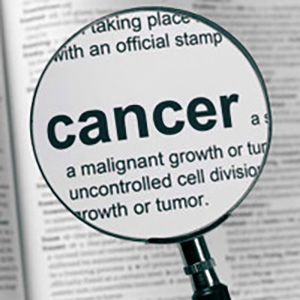Morbidity following transperineal prostate biopsy: Our experience in 8.500 men

Accepted: April 30, 2022
All claims expressed in this article are solely those of the authors and do not necessarily represent those of their affiliated organizations, or those of the publisher, the editors and the reviewers. Any product that may be evaluated in this article or claim that may be made by its manufacturer is not guaranteed or endorsed by the publisher.
Authors
Introduction: To evaluate clinical complications following transperineal prostate biopsy in 8.500 patients. Materials and methods: From January 2000 to January 2022, 8,500 men (median age: 62.8 years) underwent transperineal prostate biopsy; since 2011, 1,850 patients were submitted to mpMRI and in the presence of a PI-RADS score ≥ 3, a transperineal targeted biopsy was added to systematic prostate biopsy (4 cores). All patients underwent antibiotic prophylaxis (2000-2011: levoxacin 500 tablet; 2012-2022: 2 grams intravenous of cefazolin). Among 8.500 men 1.350 (15.8%) vs. 4.520 (53.3%) vs. 2.630 (30.9%) underwent 12 vs. 18 vs. > 24 needle cores, respectively. The prostate biopsy-related complications were evaluated within 20 days from prostate biopsy; the number of patients who needed hospital admission or emergency department visit (EDV) was recorded. Results: Prostate cancer was found in 3.150/8.500 (37.1%) patients; overall, hospital admission and EDV were equal to 1.5% and 8.9% and the side effects were directly correlated with the number of needle cores resulting equal to 17.4% (12 cores), 38.7% (18 cores) and 55.3% (> 24 cores) (p = 0.001). Hospital admission and EDV in men who underwent 12 vs. 18 vs. > 24 cores occurred in 1.5% and 7.4% vs. 1.4% and 8.7% vs. 1.7% and 10.6% (p > 0.05), respectively. Conclusions: Clinical complications following transperineal prostate biopsy involved 35.9% of the patients but only 1.5% of them required hospital admission; urinary tract infection with fever was the most frequent cause of hospital recovery (33.4% of the cases), but none of the patients developed sepsis.
How to Cite
PAGEPress has chosen to apply the Creative Commons Attribution NonCommercial 4.0 International License (CC BY-NC 4.0) to all manuscripts to be published.
Similar Articles
- Shahbaz Mehmood, Khalid Ibraheem Alothman, Abdulaziz Alwehaibi, Samia Mohamed Alhashim, Diagnostic efficacy and safety of transperineal prostate targeted and systematic biopsy: The preliminary experience of first 100 cases , Archivio Italiano di Urologia e Andrologia: Vol. 93 No. 2 (2021)
You may also start an advanced similarity search for this article.

 https://doi.org/10.4081/aiua.2022.2.155
https://doi.org/10.4081/aiua.2022.2.155



